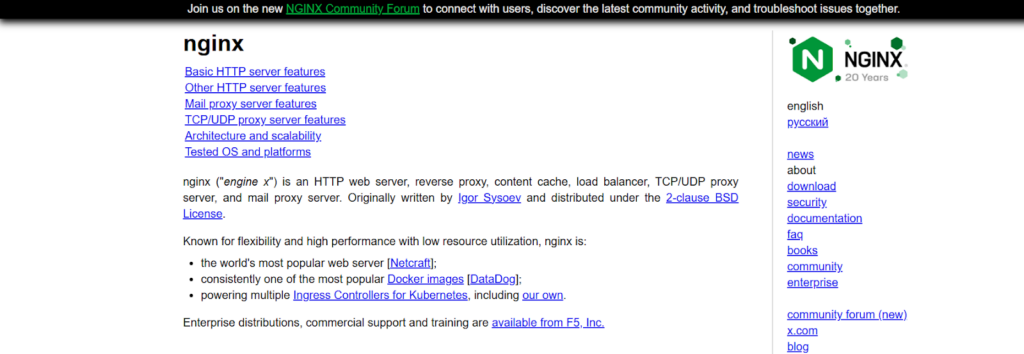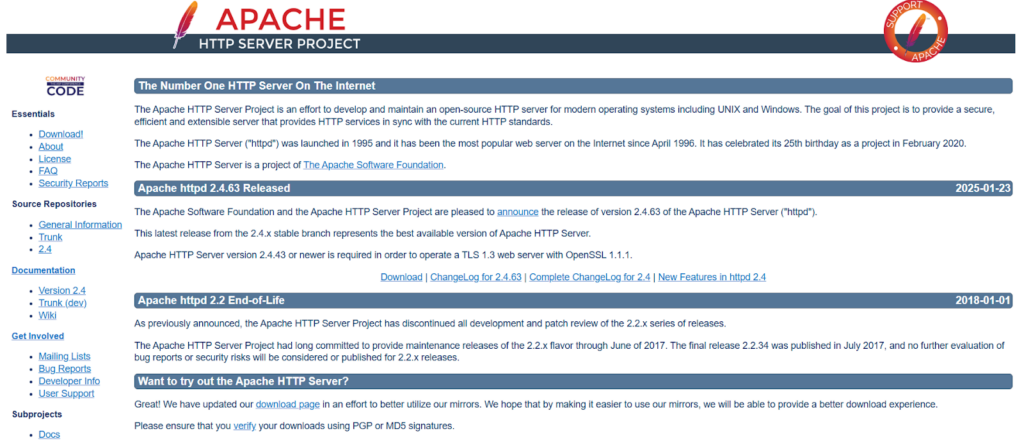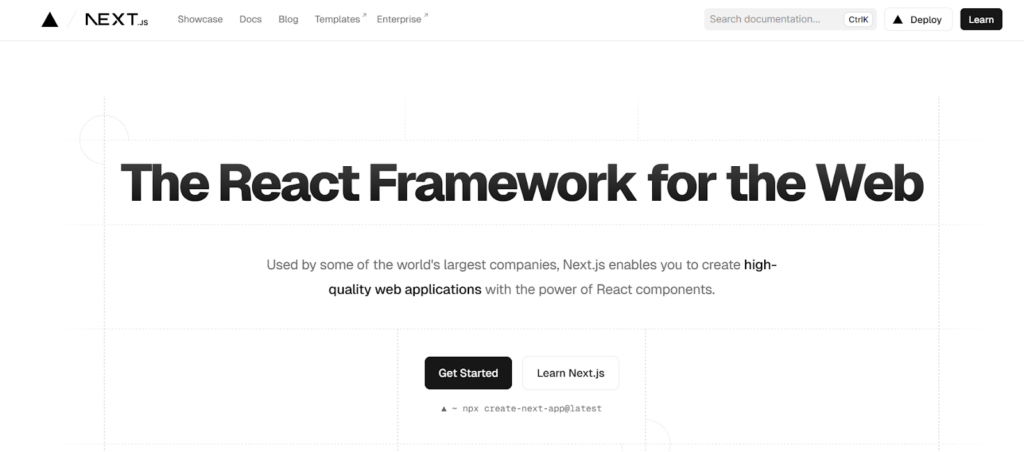Web Server Market Share in 2025
By Alex Carter on October 8, 2024
The web server market in 2025 is largely dominated by a few key technologies that continue to run the majority of websites worldwide. Web servers are the backbone of the internet infrastructure, enabling websites to deliver content efficiently to users. Understanding which technologies hold the largest market share provides insight into industry trends, reliability, and adoption rates among developers and businesses. To understand how these technologies compare in speed and efficiency, see the analysis of web server performance.
Overview of Web Server Market Share Among Top Servers
| # | Technology | Websites Tracked | Market Share |
|---|---|---|---|
| 1 | Nginx | 5,000,000 | 39% |
| 2 | Apache HTTP Server | 4,605,000 | 36% |
| 3 | LiteSpeed | 1,523,000 | 12% |
| 4 | IIS | 537,000 | 4% |
| 5 | Next.js | 454,000 | 4% |
| 6 | OpenResty | 354,000 | 3% |
| 7 | Express | 146,000 | 1% |
| 8 | Tengine | 136,000 | 1% |
| 9 | Caddy | 133,000 | 1% |
| 10 | OpenGSE | 75,600 | 0.3% |
| 11 | Microsoft HTTPAPI | 66,300 | 0.5% |
| 12 | Cowboy | 33,800 | 0.3% |
| 13 | Phusion Passenger | 30,300 | 0.2% |
| 14 | Kestrel | 20,700 | 0.2% |
| 15 | Remix | 17,800 | 0.1% |
| 16 | Apache Tomcat | 12,200 | 0.1% |
| 17 | gunicorn | 10,400 | 0.08% |
| 18 | Apache Traffic Server | 8,400 | 0.06% |
| 19 | Oracle WebLogic Server | 7,400 | 0.06% |
| 20 | Amazon EC2 | 6,600 | 0.05% |
Leading Web Server Technologies
In 2025, Nginx leads the web server market with a 38.6% share across tracked websites. It’s widely used for its strong performance and ability to manage multiple connections efficiently, making it a common choice for both small projects and large-scale applications. More than 5 million websites rely on Nginx, keeping it at the top of the list.

Apache HTTP Server follows closely with a 35.5% market share. Despite increasing competition, Apache continues to be a key player, especially for long-established websites and developers who appreciate its features and extensive documentation. It currently supports over 4.6 million websites.

LiteSpeed comes in third, holding 11.8% of the market and running on over 1.5 million websites. Its speed and optimization features make it a strong option for hosting providers and businesses looking to improve website performance.

The market shares of Next.js and Microsoft IIS are 3.5% and 4.1%, respectively. With almost 537,000 sites, IIS is still a reliable option for business websites. About 454,000 websites utilize Next.js, a React-based framework that is becoming more and more well-liked since it supports server-side rendering and the creation of static webpages.

Emerging and Niche Players
While the top five technologies dominate the majority of the market, several other servers also maintain a presence:
- Supporting 354,000 websites and holding a 3% market share, OpenResty is built on top of Nginx;
- Express and Tengine support 146,000 and 136,000 websites, respectively, and account for 1% of the market;
- Caddy, recognized for its automated HTTPS and developer-friendly features, is used on 133,000 websites;
- OpenGSE, a less common option, is used by approximately 75,600 websites, accounting for 0.3% of the market.
Beyond the top 10, smaller platforms are still used and support various web server operations.
- Microsoft HTTPAPI – 66,300 websites (0.5%)
- Cowboy – 33,800 websites (0.3%)
- Phusion Passenger – 30,300 websites (0.2%)
- Kestrel – 20,700 websites (0.2%)
- Remix – 17,800 websites (0.1%)
- Apache Tomcat – 12,200 websites (0.1%)
- gunicorn – 10,400 websites (0.08%)
- Apache Traffic Server – 8,400 websites (0.06%)
- Oracle WebLogic Server – 7,400 websites (0.06%)
- Amazon EC2 – 6,600 websites (0.05%)
These servers have smaller market shares but are often used for specific tasks or development setups, adding to the range of options in the web server market.
Conclusion
Nginx, Apache, and LiteSpeed remain the three main technologies that dominate the web server market in 2025. These choices are well-liked because of their dependability, ability to function effectively under various loads, and versatility in a variety of jobs. In the meanwhile, a large number of smaller servers continue to be in use, covering gaps and catering to more specialized requirements. This combination of popular and specialized platforms shows how companies and developers still select tools based on useful needs rather than only popularity.
Posted in blog, Web Applications
Alex Carter
Alex Carter is a cybersecurity enthusiast and tech writer with a passion for online privacy, website performance, and digital security. With years of experience in web monitoring and threat prevention, Alex simplifies complex topics to help businesses and developers safeguard their online presence. When not exploring the latest in cybersecurity, Alex enjoys testing new tech tools and sharing insights on best practices for a secure web.
